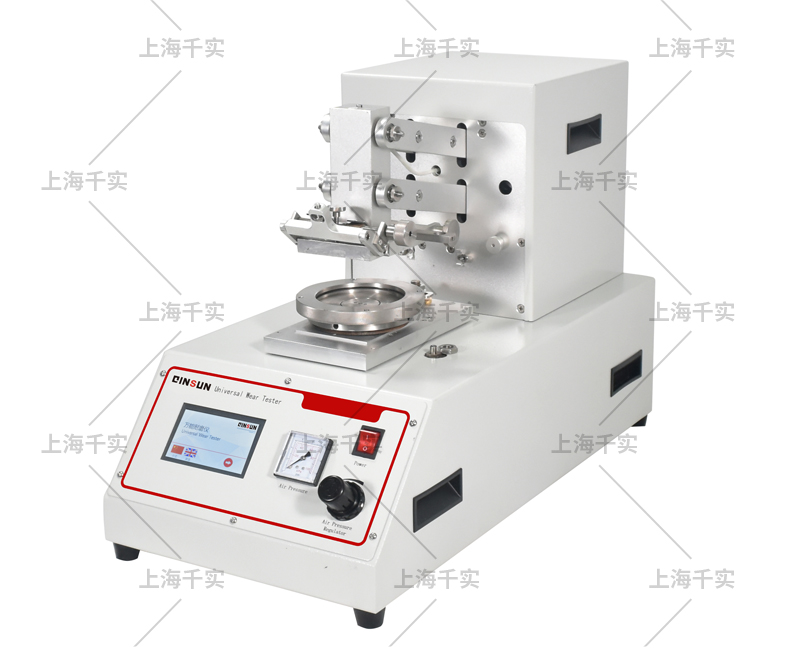Metal fatigue test, stress with time is generally sine waveform, but sometimes also use triangular, rectangular and other stress waveform.
The most widely used metal fatigue test is the rotary bending fatigue test and axial loading fatigue test.
Metal in the fatigue limit of the actual maximum number of cycles through the test base.
Steel and titanium alloys, the base number is generally 10; for non-ferrous metals, special steel and in high temperature, corrosion and other test conditions, the base number is generally 10.
Some metals have fatigue limit, corresponding to the horizontal part of the - curve.
Some metals do not have a fatigue limit, and there is no horizontal part in the - curve; as the cycle cycle increases, the stress that the metal can withstand decreases, so the stress corresponding to the specified cycle is called the conditional fatigue limit. The fatigue limit of metal is generally obtained from the - curve drawn by the fatigue test results of more than 10 identical specimens, or by the lift method.
Metal fatigue strength is a very sensitive to the metal extrinsic defects, intrinsic defects, microstructure and environmental conditions, the test data measured by the fatigue test are generally very scattered, fatigue fracture metal fatigue crack is usually in the surface layer stress concentration (slip zone, inclusions, precipitation particles, scratches, notches, metallurgical defects, etc.) sprouted, and then extended to fracture.
The appearance of the metal fatigue fracture surface is called fatigue fracture. Generally divided into three areas: fatigue source (sprouting fatigue crack core curatorial place); fatigue crack expansion area (expansion process left in concentric arc of shell-like shape, bright and smooth, fine particles sometimes porcelain); final fracture area (the remaining cross-section is not enough to support the peak stress due to overload and static break, dark gray fibrous or grain-like). In the electron microscope or optical microscope under high magnification, in the metal fatigue extension area can show the fatigue streaks perpendicular to the direction of crack expansion and roughly parallel, each streak marks the location of the fatigue crack at the end of each cycle, so the streak spacing can be used as a measure of local fatigue crack expansion rate.

The current and upcoming testing standards in China.
1 GB/T 6398-2017 Fatigue test of metal materials Fatigue crack expansion method 2017-07-12 2018-04-01
2 GB/T 33812-2017 Metal materials fatigue test Strain-controlled thermomechanical fatigue test method 2017-05-31 2017-12-01
3 GB/T 12443-2017 Torque-controlled fatigue test method for metallic materials 2017-02-28 2017-11-01
4 GB/T 4337-2015 Fatigue test for metallic materials Rotational bending method 2015-09-11 2016-06-01
5 GB/T 26077-2010 Fatigue test for metallic materials Axial strain control method 2011-01-10 2011-10-01
6 GB/T 24176-2009 Fatigue test of metallic materials Statistical scheme and analysis method 2009-06-25 2010-04-01
7 GB/T 3075-2008 Fatigue test of metallic materials Axial force control method 2008-08-05 2009-04-01
8 GB/T 15248-2008 Test method for axial equal amplitude low cycle fatigue test of metallic materials 2008-04-10 2008-10-01
American ATMF standard.
ASTME647
ASTME466-07
Prev: Xenon lamp aging test equipment
Next: The use of abrasion resistance meter and operation steps